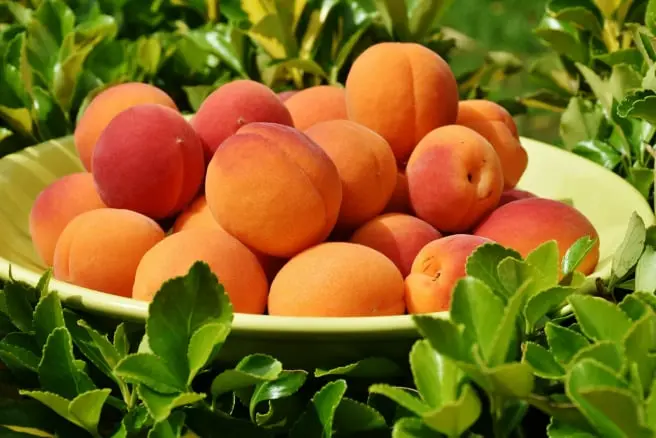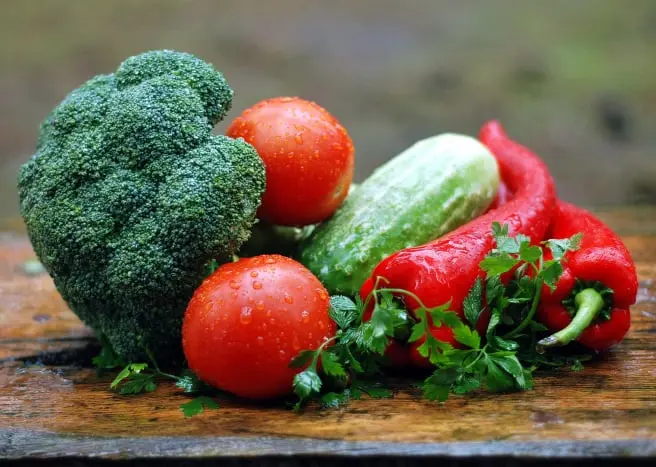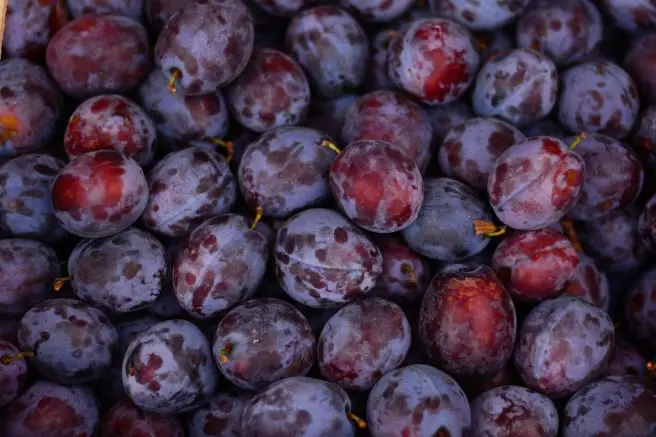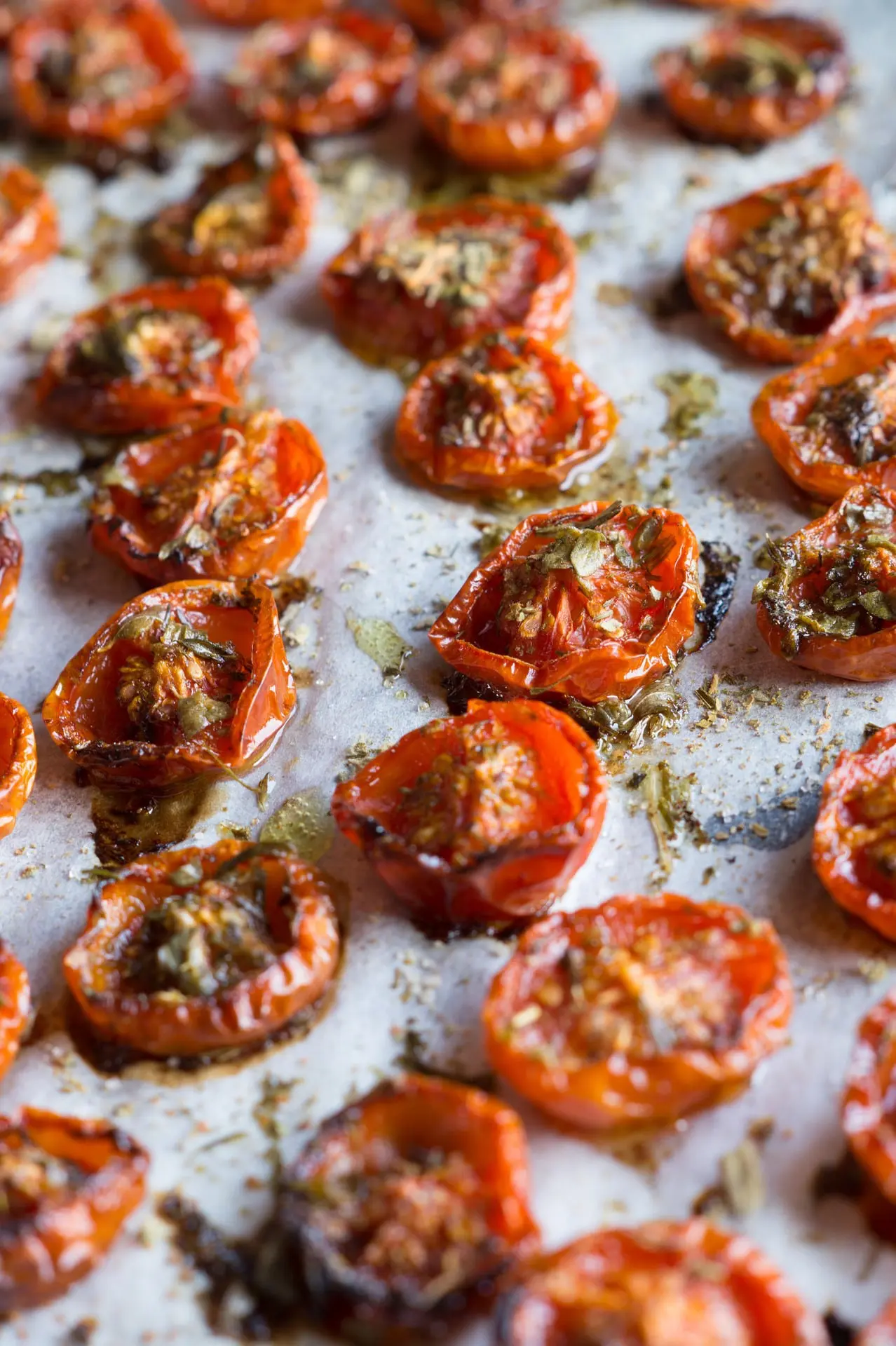Fresh produce quality inspection app with AI quality management:
Fresh produce quality inspection app with AI quality management for fruit, vegetables, meat, seafood. Improve food quality and food safety.

Fresh Produce Quality inspections during production
View App Specifications.
Fresh food businesses are faced with the challenge of creating a food safety culture, maintaining best practice and retaining customer confidence, while effectively managing overall costs.
Quality assurance in the food production sector is rigorous but defining quality assurance, knowing and assessing the food safety risks and doing your research on code compliance is a step in the right direction.
This may be one of the most important characteristics, given it allows the consumer to have the feeling that a product is in good condition. There are two ways to perform this measurement: visually or instrumentally, where you can resort to a color chart inside which the product must be or performed with a colorimeter.

Daily Fresh Produce packhouse hygiene checklist
Quality assurance (QA) schemes for fresh produce are designed to enable producers to demonstrate that their on-farm practices allow them to produce safe food products that meet Australian food safety standards under the Australia New Zealand Food Standards Code (the Code). The fresh fruit & vegetable industry is a fascinating place to be. Don’t think of it as watching asparagus growing in a field. Think of a vast industry that operates with just-in-time delivery of perishable products, many with limited shelf life and very specific storage temperatures. As someone said to me many years ago when he had a load of California table grapes stuck at the border, “This isn’t hardware, you know!”

Fresh Produce Quality control
The QC people ensure that whatever arrives at their back door is what was ordered by the buyers. It has to be fresh, crisp and bright. If it is dull, wilted, discolored or decayed, it isn’t going to make it to the retail displays. Decisions have to be taken quickly. Is it to be rejected or regraded? Was it in suitable shipping condition before it left its point of origin, or was it damaged in transit? Is it the correct variety, size, color, firmness or sweetness?
This measurement is made with a refractometer and allows to know the amount of sugar present in a sample, normally known as the brix scale. This number allows not only to know the amount of sugars, but also indicates the maturity of the fruit and indicates the best time to harvest it.

Fresh Produce Supplier quality inspection
When it comes to buying in a supermarket, a fruit & vegetable store or in a market, they tend to recognize certain characteristics of the fruits and vegetables they consume: the touch, the size, the consistency and, of course, the flavor. To make this experience consistent, all fruits and vegetables go through a quality control that allows to test that what the consumer is expecting will be effectively fulfilled.
It is obtained through the juice of the fruit with a pH electrode. In addition to the level of acidity present in the product being known, it allows to know what possibility exists of proliferation of microbes, since this factor directly affects the ease with which external agents can enter.